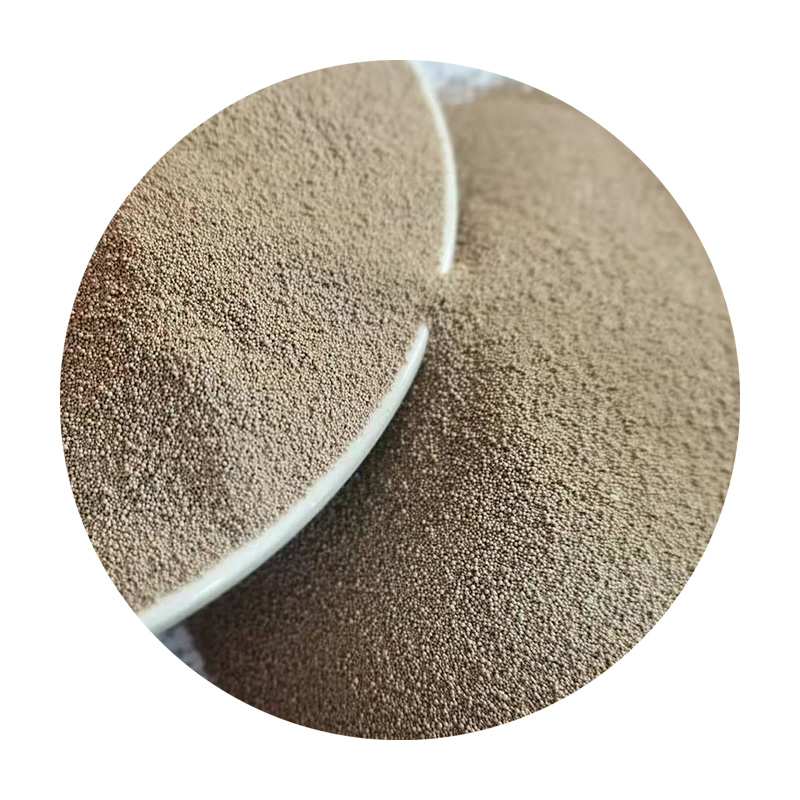Exploring the World of Sanding Ceramic A Comprehensive Guide

The process of sanding ceramic is a meticulous yet rewarding task that enhances the appeal and functionality of ceramic products. While ceramics are traditionally known for their durability and beauty, achieving the perfect finish involves skill, knowledge, and the right tools.
Sanding ceramic is more than just a surface-level task; it requires an understanding of various ceramics types, their properties, and how they interact with different abrasive materials. Attention to detail in this process ensures a smooth, aesthetically pleasing finish that meets both visual and functional standards.

To embark on sanding ceramic, one must first recognize the importance of choosing the appropriate sanding materials. Silicon carbide sandpaper is highly recommended due to its hardness and sharpness, which efficiently cuts through the ceramic surface without causing damage. For areas requiring extra precision, diamond hand pads provide an unbeatable level of detail and control.
It’s crucial to begin sanding ceramic surfaces with the coarser grits, typically starting at 80-grit, to remove any substantial imperfections or glaze. As the sanding progresses, gradually transition to finer grits, such as 400 or even 600, to achieve a refined, polished surface. This step-by-step increase in grit smooths the ceramic surface while avoiding scratches and inconsistencies.
During the sanding process, consistent, even pressure should be applied. This helps to prevent uneven surfaces and ensures that the abrasive material contacts the ceramic uniformly. Proper technique is essential to avoid creating unintended grooves or indents, which can be difficult to rectify.
sanding ceramic
Hydrative sanding, or wet sanding, is a method that can enhance the sanding process significantly. By keeping the ceramic surface and the sandpaper moistened with water, friction is reduced, minimizing the risk of cracks and breakage due to overheating. The water also serves as a lubricant, facilitating smoother sanding and a cleaner finish. Moreover, wet sanding reduces the amount of dust, contributing to cleaner and healthier working conditions.
Safety during the sanding of ceramics is paramount. Protective eyewear and masks are vital, as ceramic dust can be hazardous when inhaled or come in contact with the eyes. Ensuring a well-ventilated workspace further minimizes the risks associated with this task.
Professional expertise in sanding ceramic can transform ordinary pieces into exquisite works of art. Ceramics that undergo proper sanding not only gain an enhanced visual allure but also improved functionality, making them suitable for a wider range of applications. Smooth-edged ceramics become safer for everyday use, reducing the risk of cuts and enhancing the user experience.
Trust in tested techniques and tools is essential. Professionals and artisans who specialize in sanding ceramic often gain their credibility through experience and an understanding of the intricate complexities associated with different ceramic types. Their role not only involves performing the task but also educating others on the proper methods to maintain quality and safety.
In summary, sanding ceramic is a blend of art and science, requiring the right balance of technique, tools, and safety precautions. The choice of materials, methods of application, and adherence to safety measures are of utmost importance. For those passionate about crafting with ceramics, mastering the art of sanding is a stepping stone to achieving professional-grade results.
Post time:जनवरी . 06, 2025 19:03
Next:ceramic sand
